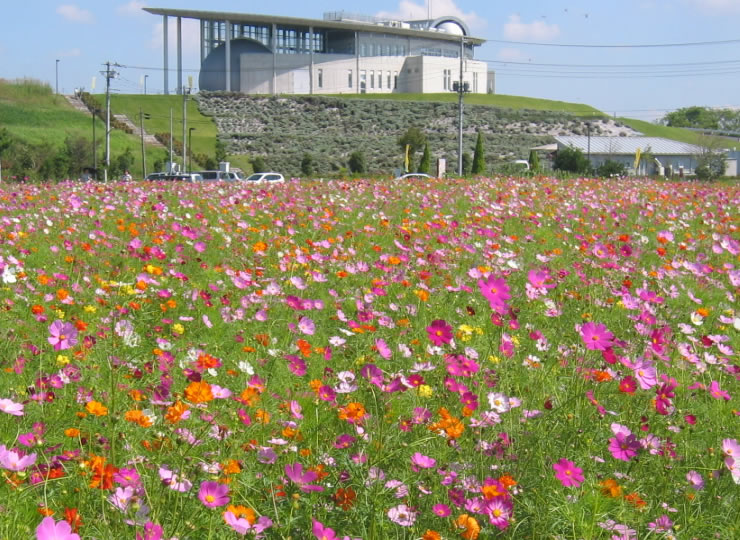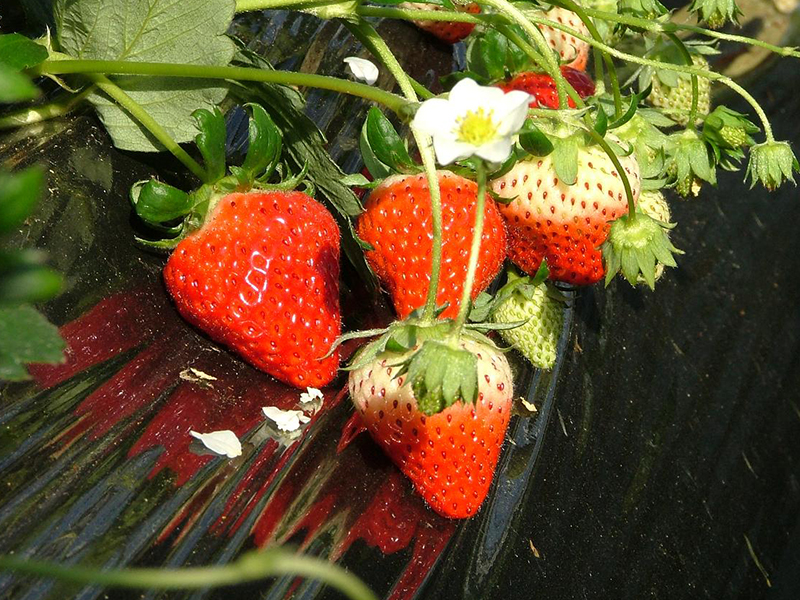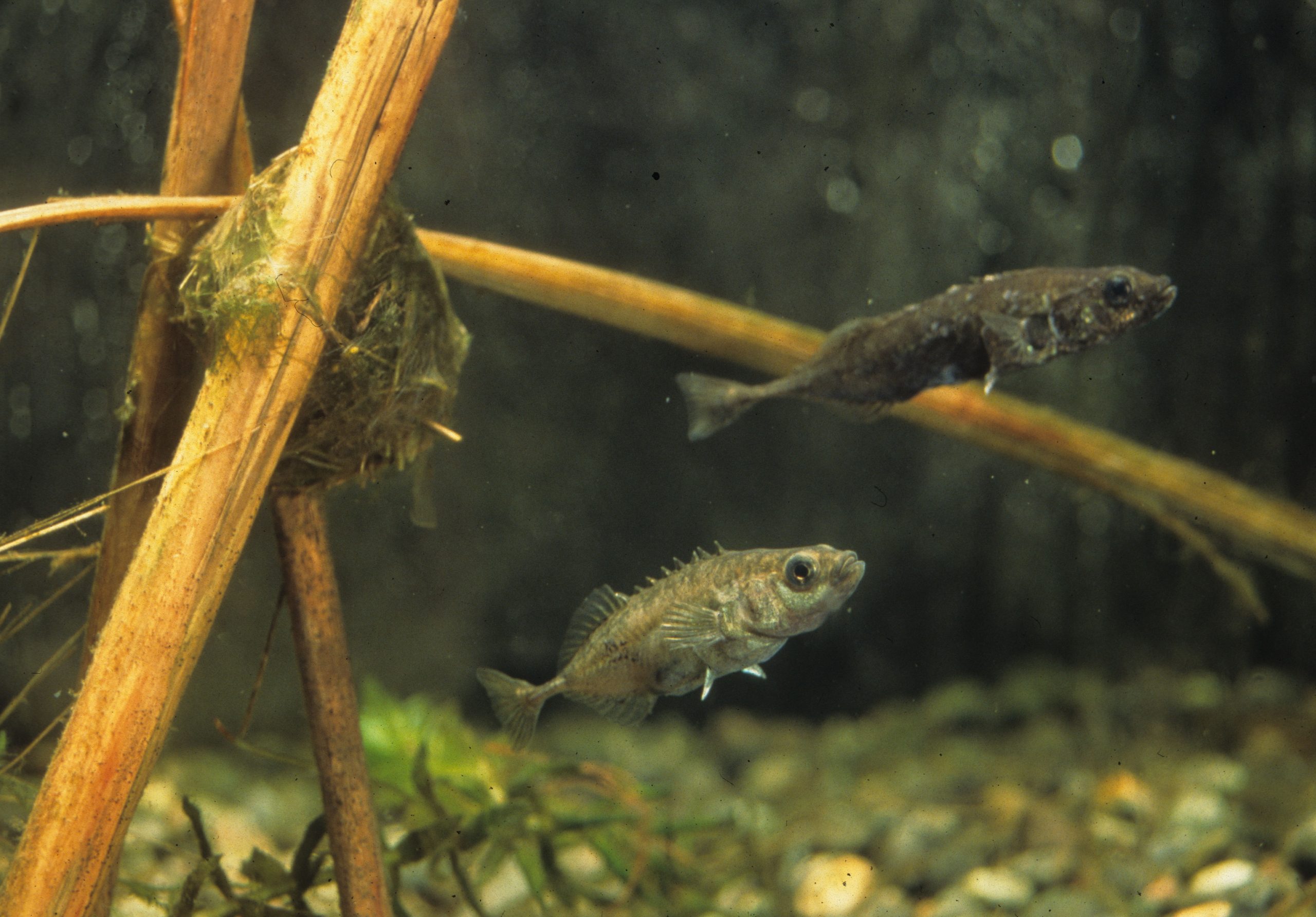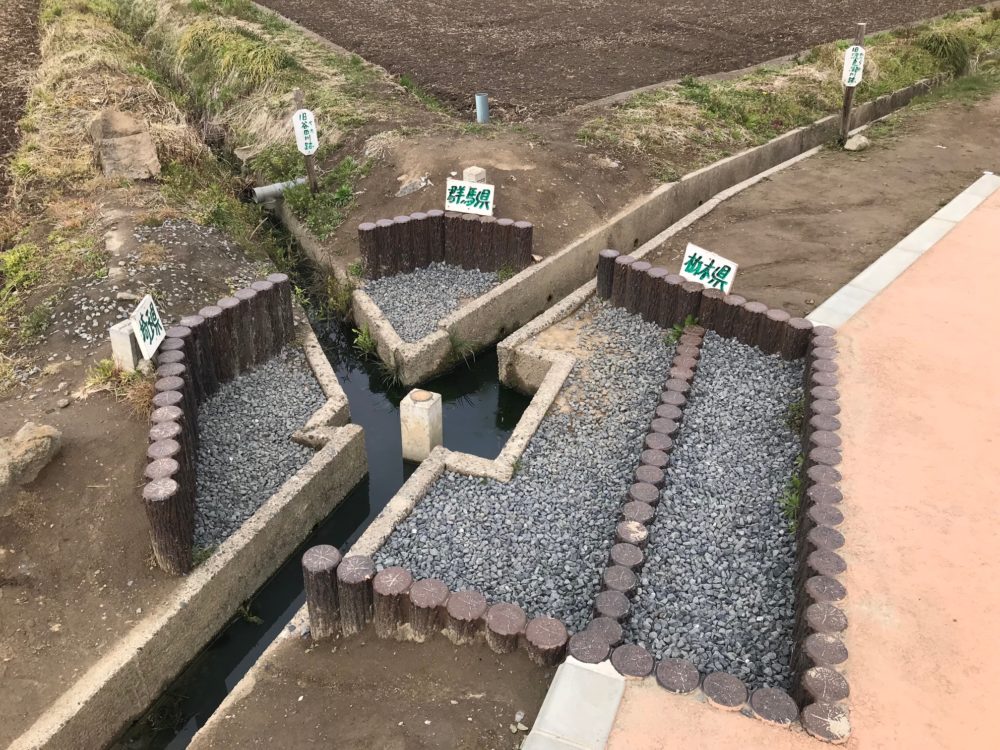Kazo Miraikan
sightseeing
This facility, marked by its unique outer appearance, is a comprehensive learning facility with a planetarium, astronomical observation room, large-screen displays, hands-on learning rooms and workshops. There is also an attached restaurant, farmers market and the Ukino Miso processing facility. The planetarium was renovated and reopened on March 22nd, 2015. It features the latest monocular ultra-high resolution 8K-compatible digital projector, that can project realistic and powerful images of the starry skies and outer space, giving hope and excitement to people of all ages.
Basic Information
Location
Kazo Gaiya 350-1
TEL
0480-69-2160
Business hours / Fee
Business hours
[Kazo Miraikan] 9: 00 ~ 17: 00
[Planetarium] Saturday / Sunday / Holiday
11: 00/13: 30/15: 00
Weekdays 14:00 (excluding Tuesdays)
Projection programs and times are subject to change during events and congestion!
[Planetarium] Saturday / Sunday / Holiday
11: 00/13: 30/15: 00
Weekdays 14:00 (excluding Tuesdays)
Projection programs and times are subject to change during events and congestion!
Regular holiday
Every Tuesday (If Tuesdays are a holiday, then the following day)/December 29th to January 3rd of the following year/On days of maintenance inspection
Fee
【Kazo Future Museum】Free (There are some facilities that may require an additional fee.)
【Planetarium】100 yen (80 yen for a group of more than 20 people )
The numbered ticket for vewing is sold 30 minutes prior to each projection (There are no tickets sold beforehand・reservations for tickets.
For those living in the city younger than elementary, older than 65, or with a disability, it will be free of charge.
For those viewing for school purposes, there will be a reduction in charge (including those not from the city).
【Planetarium】100 yen (80 yen for a group of more than 20 people )
The numbered ticket for vewing is sold 30 minutes prior to each projection (There are no tickets sold beforehand・reservations for tickets.
For those living in the city younger than elementary, older than 65, or with a disability, it will be free of charge.
For those viewing for school purposes, there will be a reduction in charge (including those not from the city).













